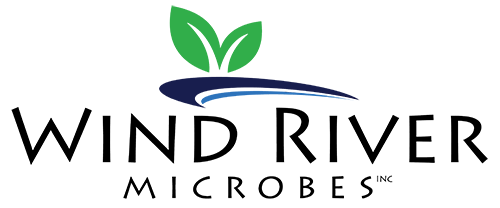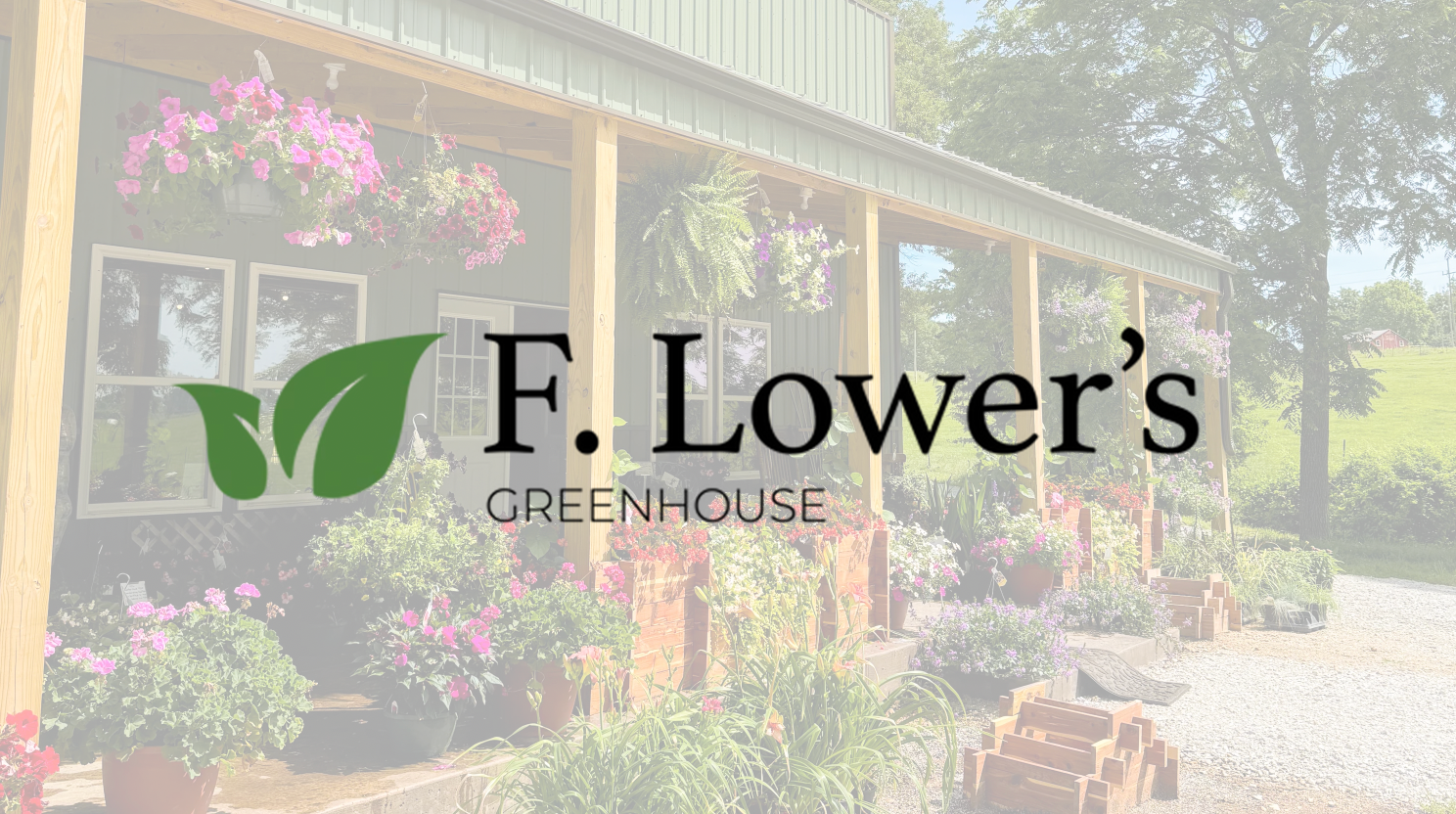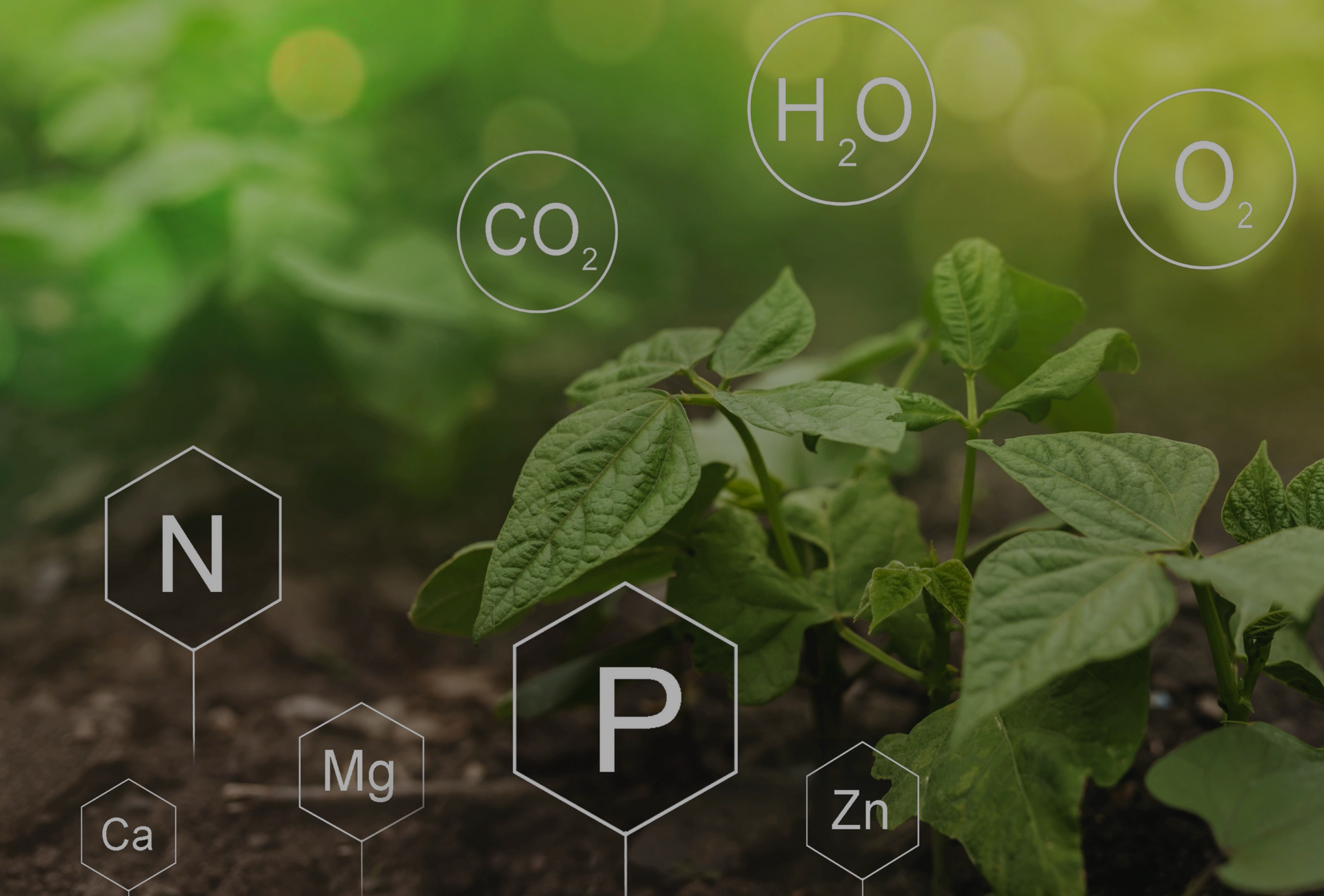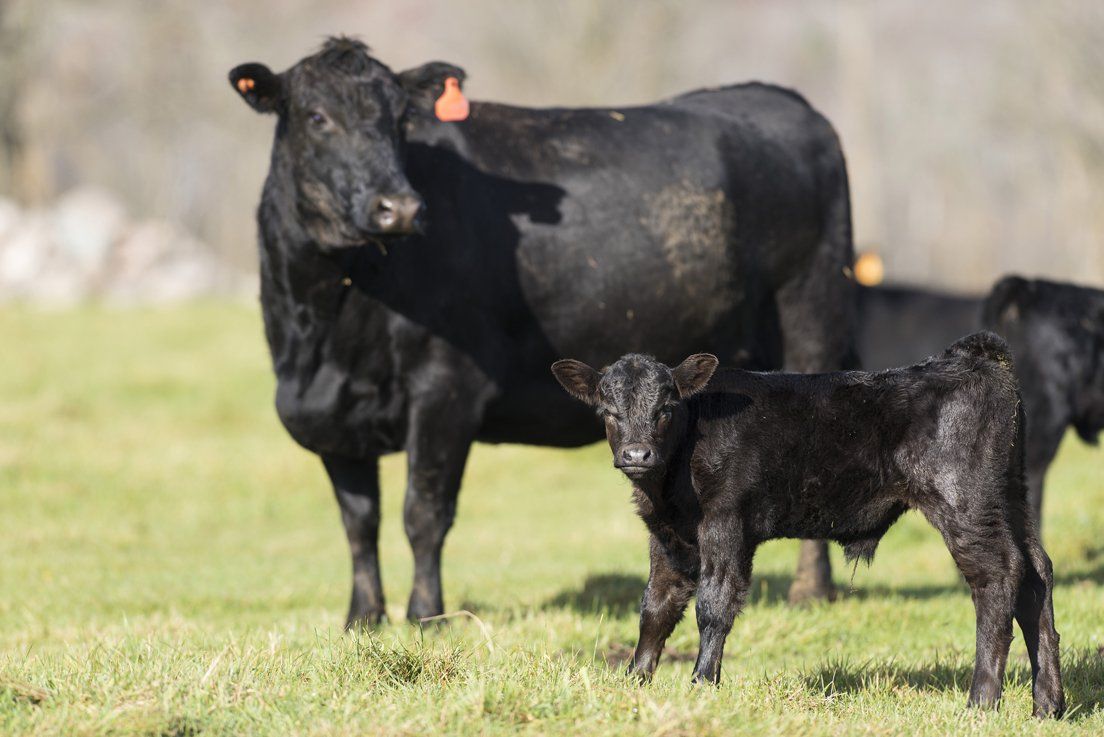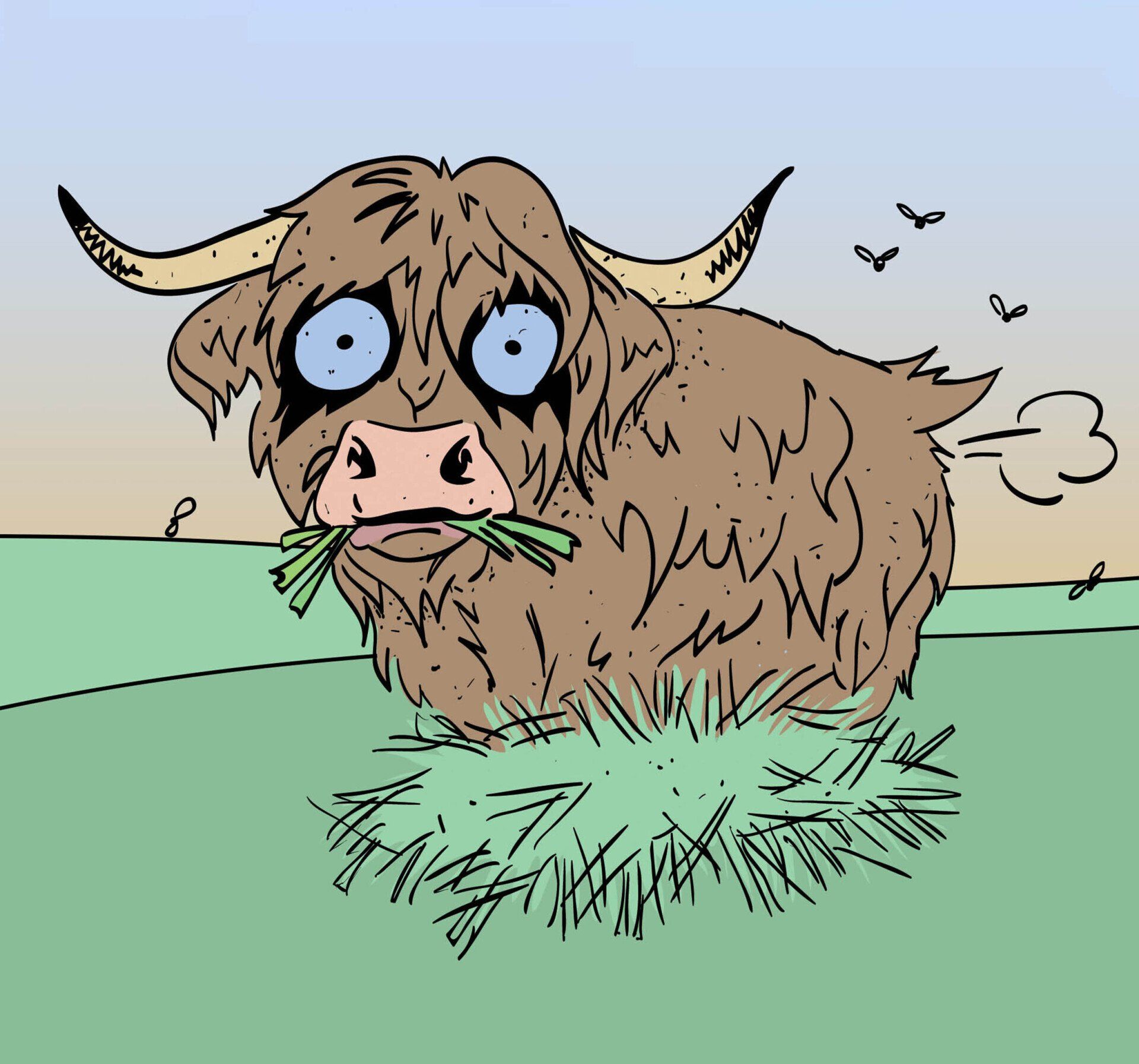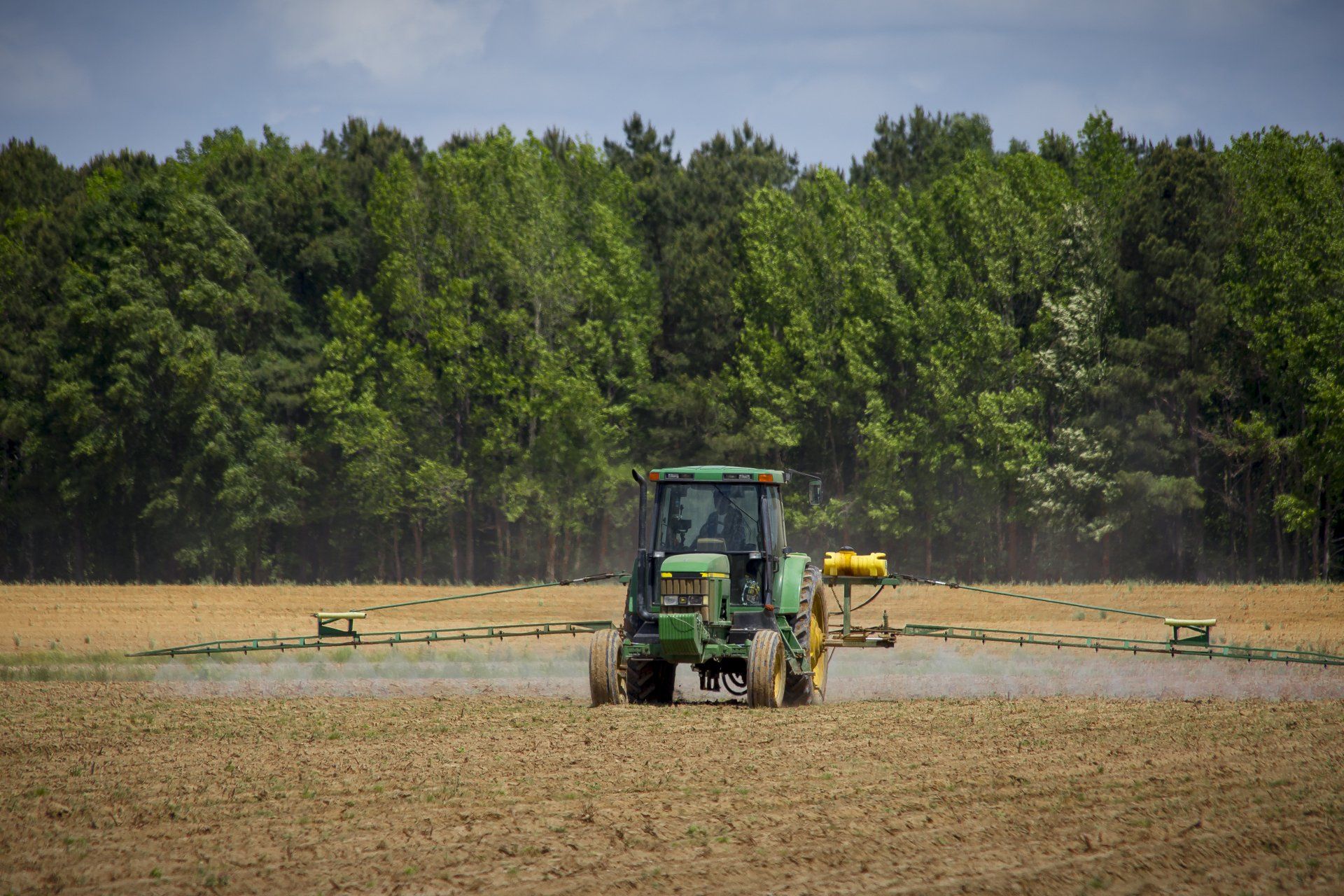Animal Gut Health
Unveiling The Microbial Marvels of Animal Gut Health

Microbes play a pivotal role in shaping the gastrointestinal ecosystem of animals, profoundly influencing feed efficiency, conversion, and overall gut health. Within the complex microbial community residing in the gastrointestinal tract, beneficial microorganisms contribute significantly to nutrient utilization and digestion. One key aspect is the fermentation of complex carbohydrates by microbes such as bacteria and protozoa, yielding short-chain fatty acids (SCFAs) as by-products. SCFA serve as an important energy source for the host animal and enhance the absorption of nutrients.
This microbial-driven fermentation process enhances feed efficiency by extracting additional energy from dietary components that would otherwise be indigestible. Microbes aid in the synthesis of essential vitamins, such as B vitamins, that are crucial for various metabolic processes. These synthesized vitamins contribute to the overall health and performance of the animal, supporting optimal growth and development. The microbial community plays a crucial role in maintaining a balanced and stable gut environment. Beneficial microbes help prevent the overgrowth of pathogenic bacteria by competing for resources and producing antimicrobial compounds.
They contribute to the integrity of the intestinal barrier, preventing the entry of harmful pathogens into the bloodstream. Certain probiotic strains can improve the gut microbiome and feed conversion rates by promoting beneficial microbial species. Bacteria in the animal but, particularly in ruminants, neutralize acidosis by fermenting fiber to produce short-chain fatty acids and bicarbonate ions. This microbial fermentation stabilizes pH, promotes saliva production (which contains bicarbonate), and regulates rumen pH, preventing excessive acid accumulation. The gut-brain axis represents another fascinating dimension of the microbiome's influence. Microbial metabolites and signaling molecules produced in the gut can influence brain function and behavior, potentially impacting stress responses and, consequently, animal welfare.
The intricate interplay between animals and their gut microbes is fundamental to achieving optimal feed efficiency, conversion, and health. Understanding and balancing the dynamics of the gut microbiome offer promising avenues for advancing animal nutrition and production practices in a sustainable and efficient manner. At Wind River Microbes, we select only the purest, most stable probiotic strains to enhance animal gut health and optimize feed conversion. Wind River Microbes Balancer2 formula is general-purpose probiotic solution for ALL classes of livestock and pets. Balancer2 combats E. coli, Salmonella, Streptococcus, enhances digestion, neutralizes acidosis, balances gut microflora, boosts feed efficiency, contains bacteria, fungi, and protozoa for rumen function.
Wind River Microbes Reboot Formula is an all-natural pathogen inhibitor and growth promoting for livestock specifically designed to combat Rhodococcus in susceptible animals. Reboot reduces colic, bloat, enhances hind-gut function, replenishes gut microbes, improves feed conversion, digestive aid, enzyme production for carbs, reduces Rhodococcus, inhibits E. coli, Salmonella, Staphylococcus. Just like us, the health of our beloved animals starts from within. A healthy gut in animals mirror our own need for a balanced microbiome. By nurturing their digestive health, we're not just ensuring their vitality and wellbeing, but also deepening the bond we share with them. Every measure we take to improve their gut health is a step towards a happier, healthier life - for them, and for us.
Resources
Subscribe to Get
Special Offers
General Lead
Thanks for subscribing. You'll be the first to hear about new items and special offers.
Please try again later.
All Rights Reserved | Wind River Microbes
